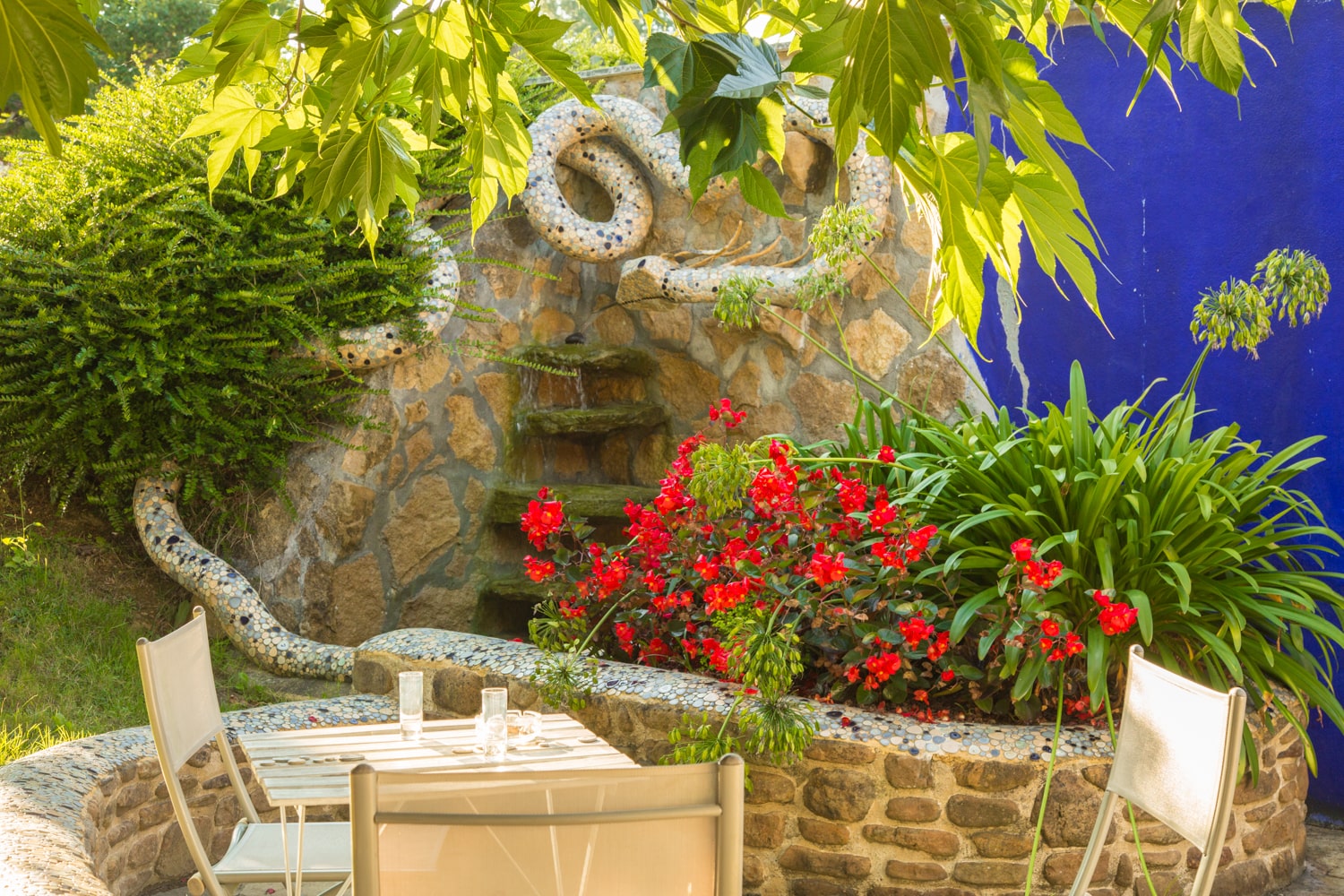
The Feathered Serpent
The serpent is an ancestral symbol associated with many meanings — often linked to feminine power, wisdom, and transformation
. In various cultures, it is considered the origin of all life and is revered as a representation of the Moon goddess and the cyclical renewal of life. Connected to instinct and the unconscious, its image has been both exalted and demonized: under patriarchy and Christian tradition, it was reduced to a symbol of temptation and evil.
In alchemical knowledge, the serpent represents polarity, the interplay of opposites, and the process of transmutation. Ancient cultures such as the Mesoamericans identified it with the feathered serpent — a symbol of spiritual awakening rooted in earthly energy.
In the Basque culture, some authors associate the serpent with one of the manifestations of the goddess Mari, symbolizing telluric power, the transformation of nature, and the eternal cycle of life. The serpent was originally a powerful feminine figure, whose image was later devalued and masculinized in subsequent mythologies.
The winged serpent of Amalurra emerged during a period of deep collective transformation, during which we decided to design a water fountain. Without prior planning, the form of a winged serpent took shape and was eventually sculpted into a fountain. Thus, the serpent — an ancient archetype of wisdom and renewal — embodies here the ascending movement of vital energy: the capacity to transmute density into light, pain into love. With its wings, it also evokes Quetzalcoatl, the feathered serpent of Mesoamerican traditions — a symbol of spiritual awakening that unites Earth and Sky, instinct and consciousness.
At Amalurra, this sculpture materialized an inner process, acting as a reflection of our commitment to transformation. It stands as a visible manifestation of the possibility to elevate the lived experiences into a more integrated and compassionate awareness, building bridges toward new possibilities within an emerging future.